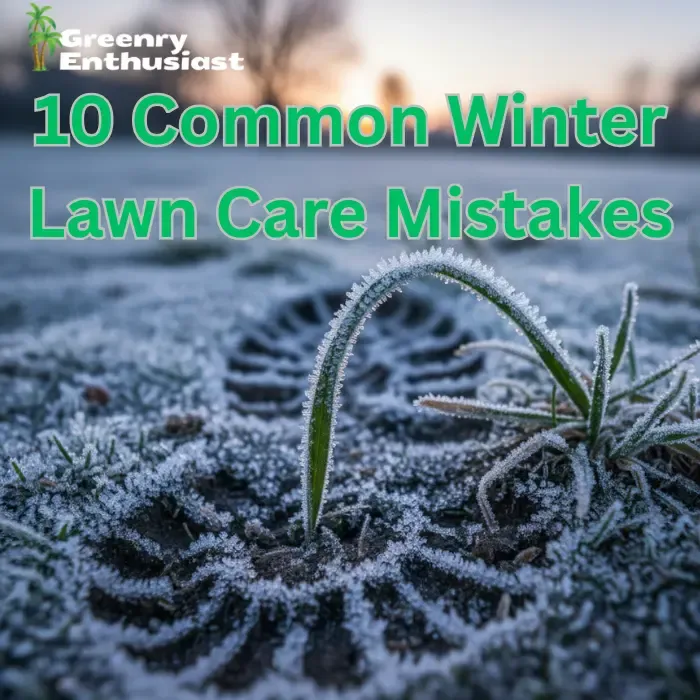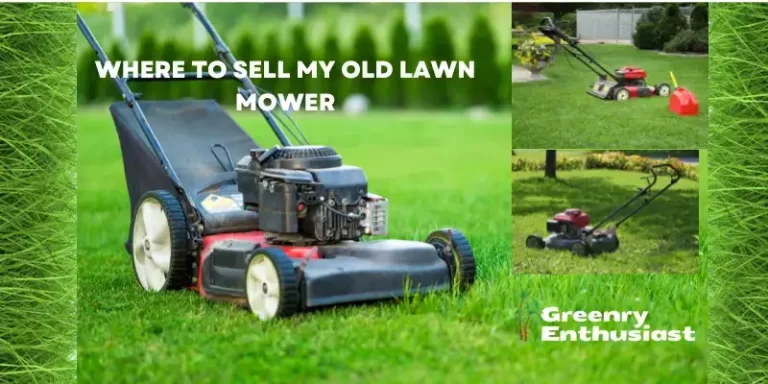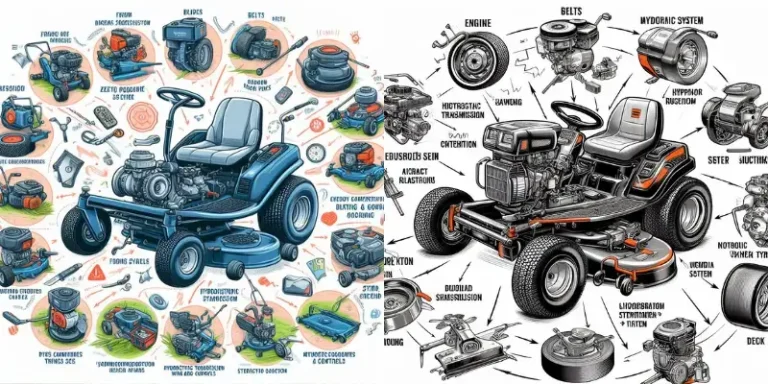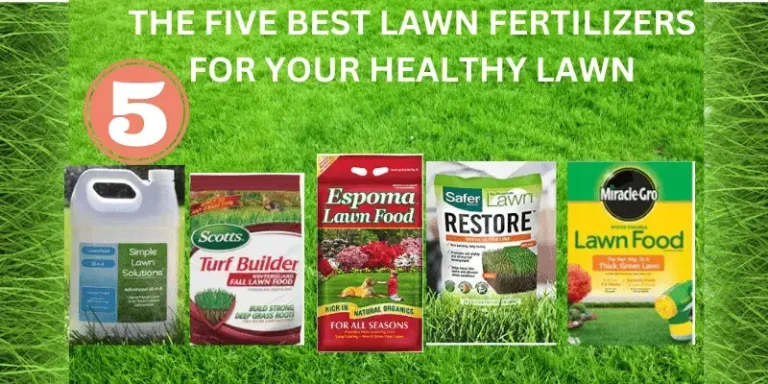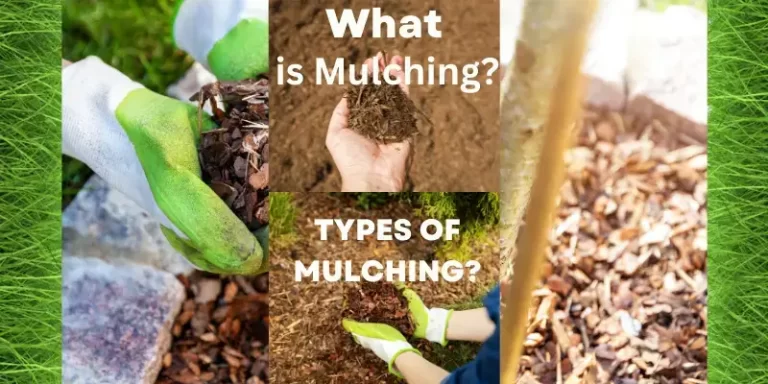Avoiding 10 Common Winter Lawn Care Mistakes
Your lawn needs specific autumn and winter maintenance techniques to achieve healthy growth during springtime. The failure to perform these essential steps together with typical mistakes will result in permanent lawn damage. The following list contains ten essential winter lawn care mistakes which you need to prevent to safeguard your turf.
Cutting Grass Too Short in Fall
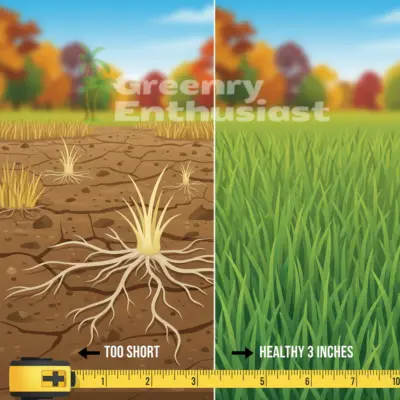
The practice of cutting grass too short during the last mowing sessions of autumn proves to be a harmful mistake. The grass plant becomes vulnerable to freezing temperatures because of its exposed crown when the lawn height reaches below 2 to 3 inches. The plant will experience winterkill because of cold stress when its crown remains exposed to harsh temperatures. The optimal winter protection for your lawn requires you to maintain its height between 2 to 3 inches. The extended grass height protects the plant crown and root system from cold temperatures while helping the lawn preserve its energy reserves.
Failing to Aerate in Fall

The process of soil compaction functions as a hidden threat which blocks water and oxygen and nutrient access to the lawn. The failure to aerate your lawn during fall season results in missing the essential period to reduce soil compaction. The process of core aeration creates soil channels which enable resources to reach the root zone. The best time to perform lawn aeration occurs before the first winter frost sets in. The grass will recover and build up its root system during this period before entering its dormant state.
Overwatering Before Winter
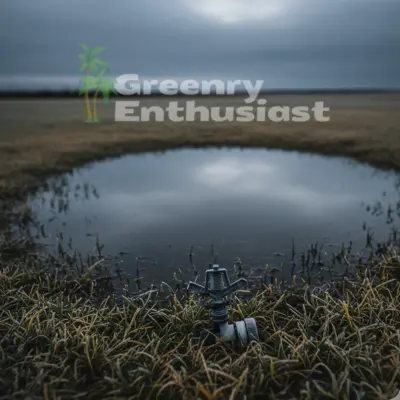
The practice of excessive water application during falling temperatures represents a major mistake for lawn care. The roots of plants become damaged when soil moisture freezes into ice that forms around their base. A wet environment that remains constant throughout the year creates optimal conditions for fungal diseases to thrive. As plants enter their autumn dormancy period you should decrease your lawn watering frequency. The proper lawn preparation for winter dormancy requires you to reduce watering amounts.
Applying Fertilizer Too Late
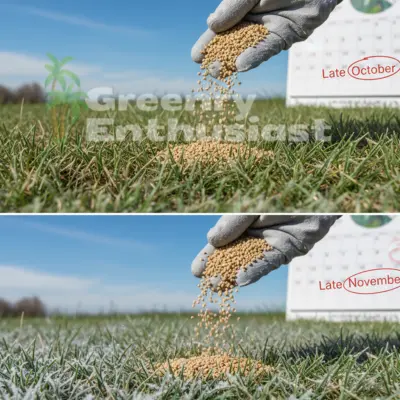
The correct timing of fall fertilizer application stands as a critical factor for successful lawn care. The application of fertilizer at a late stage in the season produces new growth that becomes susceptible to damage from early winter frosts. The entire plant becomes weakened because of this damage. Winterizer fertilizers contain high potassium levels which help plants develop stronger roots and better cold resistance. The specific fertilizer should be applied during the last 2 to 3 weeks before soil freezing occurs to allow grass plants to benefit from the nutrients without producing new growth.
Ignoring Leaf Cleanup
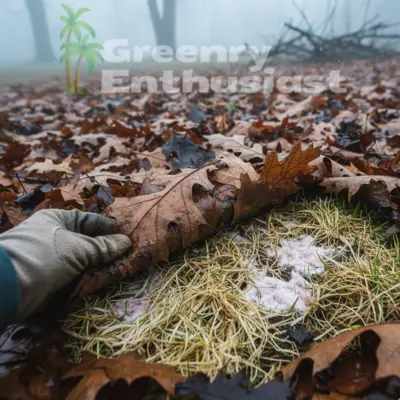
A thick layer of fallen leaves on your lawn surface will create multiple problems for your grass health. The thick leaf layer blocks sunlight from reaching the grass while creating a moist environment that traps water against grass blades and soil surfaces. The combination of darkness and moisture in this environment creates ideal conditions for snow mold and other fungal diseases to develop which will cause large dead areas to appear when spring snow melts. Your lawn requires regular leaf removal through raking or mowing to maintain proper air circulation and stay healthy.
Walking on Frosty Grass

Walking or playing on grass that has frost will result in permanent damage to your lawn. The frozen grass blades become brittle so that any foot pressure will destroy their cellular structure. The grass blades will remain damaged until spring growth appears. All activities should stop when your lawn becomes frozen.
Using Salt Near Lawn Areas
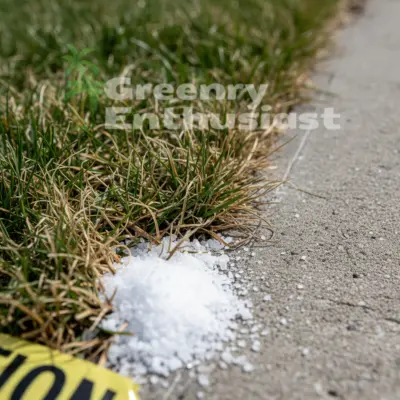
The use of rock salt for de-icing purposes on driveways and walkways proves dangerous for your lawn health. The salt particles in ice melt products will penetrate soil to harm grass roots while disrupting soil chemistry which causes plants to dehydrate and die. You should use sand or non-clumping kitty litter instead of lawn-friendly materials to create traction on icy paths that border your grass.
Not Controlling Winter Weeds
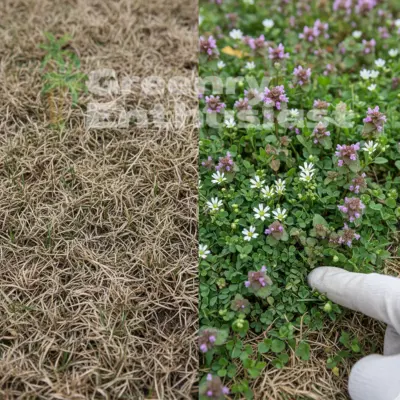
The winter season brings forth cool-season annuals which include chickweed and henbit plants that germinate during fall months to create extensive winter growth before spring arrives. The failure to control weeds at their first growth stage allows them to gain a substantial advantage. A pre-emergent herbicide application during late fall will establish a soil barrier which blocks winter weed seeds from germinating thus preventing future weeding work.
Failing to Winterize Equipment

The practice of lawn care requires you to perform maintenance tasks on your equipment. The failure to winterize your lawn mower and additional power equipment will result in expensive maintenance costs. The combination of winter storage with gasoline in the engine and fuel system leads to fuel degradation which produces gum-like substances that block carburetor and fuel line operations. The storage process for equipment requires users to drain fuel completely or add stabilizers according to manufacturer instructions.
Compacting Snow on Lawn

The process of shoveling and plowing snow results in creating heavy snow accumulations that damage your lawn. The heavy snow piles on lawns create conditions that block air access to grass while fostering disease development because of their extended icy coverage. The slow process of snow pile melting produces ice layers which increase grass stress. The distribution of snow across lawns should occur for better melting patterns and to protect grass from ice damage.
Your lawn will benefit from long-term health through proper avoidance of these ten common errors. The additional autumn care work will produce a lawn that becomes stronger and more vibrant when spring arrives.

